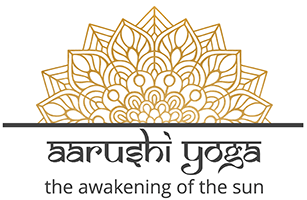I remember when I first did a breath of fire in a Kundalini class and it was the most amazing experience. I remember thinking ‘Wow, how beautiful that we can get these feelings just from our breath.’
For years I suffered with anxiety and was always searching for tools to support me with this. I knew I didn’t want to go to a conventional Dr as I have seen too many a time pills just being thrown at people to mask the problem and numb their feelings rather than getting to the root of the cause and heal.
I realised there was so much more to Kundalini yoga and wanted to explore further and learnt the power of breath-work and the science behind why it was so beneficial.
Breathing is the only physiological function that can be both voluntary and involuntary. You can consciously control your breath or you can ignore it and let your body breathe on its own. You cannot live without breathing so by letting go of conscious control, your breathing falls under the control of your most primitive part of your brain that deals with survival. This is the realm of your unconscious mind where emotions, thoughts, and feelings (of which we may have little or no awareness) can become involved, disrupting the rhythm of your breath. This means your breath can become incoherent when you lose conscious control over it.
The yogic science of breath is called Pranayama. Pranayama is the control (yama of the life energy (prana) through breathing exercises. The breath, its rhythm, and its depth relate to different states of health, consciousness and emotion. Kundalini Yoga uses the breath scientifically to change energy states and it is then that we can get to an equilibrium state of being.
When you have erratic thoughts or are in a low emotional state such as fear, anger, or anxiety your breathing becomes erratic and so does the rhythm of your heartbeat. When you are in emotional states like passion and joy, your breathing becomes more smooth, consistent, and rhythmical, and your heart rhythms become more coherent.
You can create heart coherence by changing your attention to creating a more positive intention by focusing on gratitude, forgiveness, or a scene of success rather than failure. By bringing your attention to your breath and breathing more consciously, you can change the quality of your emotions and heart rhythms.




